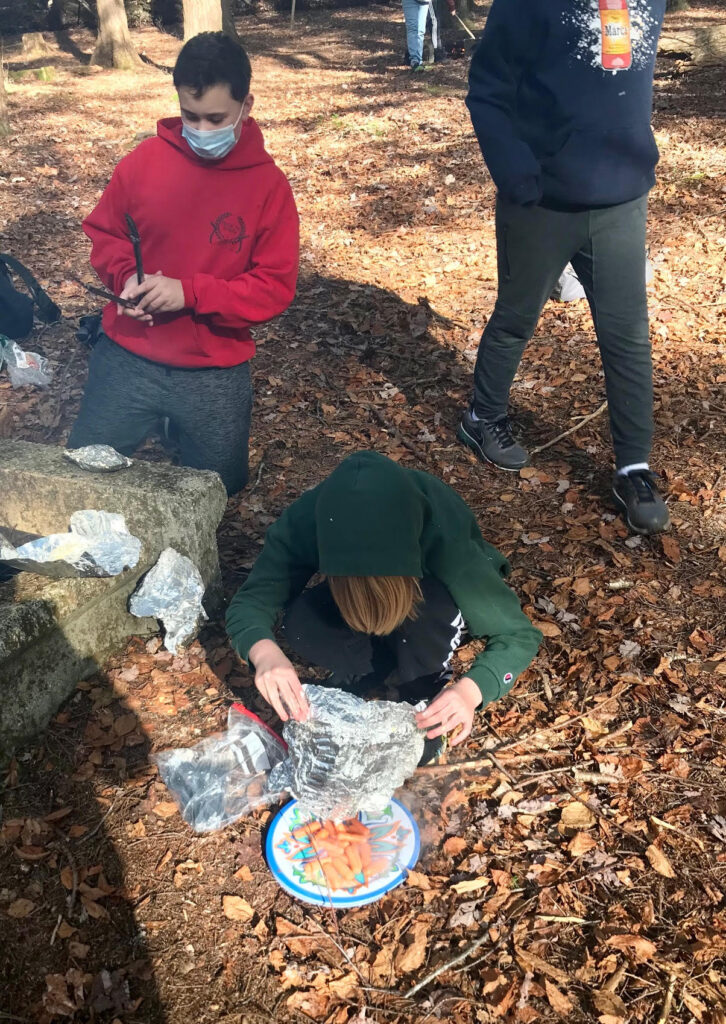A New School Year
The start of the school year can be an exciting time. Many children look forward to meeting their new teacher, moving up into the next grade, and spending time with friends. But the start of the school year can also be daunting and stressful for some children. School can be a place where they feel the pressure of keeping up with peers academically, navigating social relationships, and learning new information every single day that they are expected to integrate and build upon. More than just disliking school, for some children it is anxiety producing. Not to mention, education has been a changing environment for children over the past few years and society has expected them to seamlessly transition between different formats, teachers, and settings. As a parent, you want your child to feel happy, confident, and successful. Here are a few tips to help you navigate the start of the school year.
Routine and Expectations
While freedom and flexibility are very important for children, routine and expectations are equally as important. When your child knows what to expect and when, they are better able to make the right choices and confidently move about their tasks. Setting a simple routine for morning and after school hours can help your child focus and get their tasks done with less oversight on your part as a parent. It may be helpful to have a consistent wake up time that allows your child to get up in the morning slowly and have some time to themselves or some time to do an activity they enjoy before moving into their demanding and structured day. Your morning routine may also include eating a healthy breakfast, grooming, and packing up for the day. Some of these tasks may not be independent for your child based on their age, but if they are old enough and capable, it is helpful to practice the routine with them before expecting them to do it on their own. After practicing the routine for a week or two, you may assign one of the tasks for your child to do independently. Then you can slowly offer more responsibility for the other tasks until your child feels confident getting ready for their day on their own. Responsibility is something children crave and offering it in a structured way allows them to learn independence and it allows you to get your morning tasks done as well. If your child is often distracted or unmotivated, offering a reward can be useful. For example, after practicing your routine for a few weeks together, you may offer a reward if your child can get their backpack, put their lunch in it, and put it next to the door.
The same goes for an after-school routine. Including jobs such as putting their backpack in a designated spot, making sure their homework is out on the table, putting their lunchbox by the sink, is an important lesson in organization for your child. You know your child best, so you should plan your after-school time based on what will work for them. If you know your child needs some quiet time, a snack, or some play time after school before tackling homework, then build that into your routine. If you know that too much time in between getting home and starting homework makes it a battle, then make sure your routine involves getting the homework done right away and then having a rewarding activity afterwards.
Communication
At the start of the school year, teachers are working on getting their own routines down as well as getting to know all of their students. Although teachers often communicate with each other about the incoming class and what to expect, that doesn’t mean the teacher knows your child. The way that one teacher interacts with a child can be completely different from the way another teacher interacts with and relates to a child. So, your child’s teacher will have a lot of learning to do in the first few months. Communicating with your child’s teacher can go a long way in easing your child’s transition into their class as well as facilitating a good relationship between your child and their teacher. Keep in mind that teachers are extremely busy at this time of year in particular and may not have the time to meet with you. That being said, a couple weeks into the school year, dropping an email or asking to have a quick phone call is reasonable. That will give the teacher time to meet your child and begin to get to know them. If your child has any specific challenges socially or academically, it can be helpful to let the teacher know. Or if there are certain strategies that you find helpful or hurtful in supporting your child or getting them to cooperate with requests, letting the teacher know is a good idea. Most teachers will let parents know what to expect for the school year in terms of classroom culture, homework requirements, and academics. However, if your child’s teacher has not communicated that with you, it’s important that you ask those questions. This way, you know what your child is being asked to do, and you can better support them.
Space and Support
School is very demanding. Your child goes to school for six hours and is expected to sit still for long periods, make connections and socialize, keep quiet when told to, talk when told to, and learn new things all day long. Children need space and play time after a long day at school. Be sure to carve out time each day for your child to have some quiet time when they are not expected to do tasks or jobs or meet demands, and also time when they can play or be active. When you give your child this time, it allows them to be more relaxed and to have a better relationship with their family members. Beyond that, acknowledging all the hard work your child is doing is really important. Let them know you see how much they do and how hard they work. Your child is not going to have perfect behavior and perfect grades all the time but show them that you are proud of them for trying. Children want to be seen and they want your approval. They want to be understood. Let them know that you understand how demanding school is and that you know they are working hard.
















